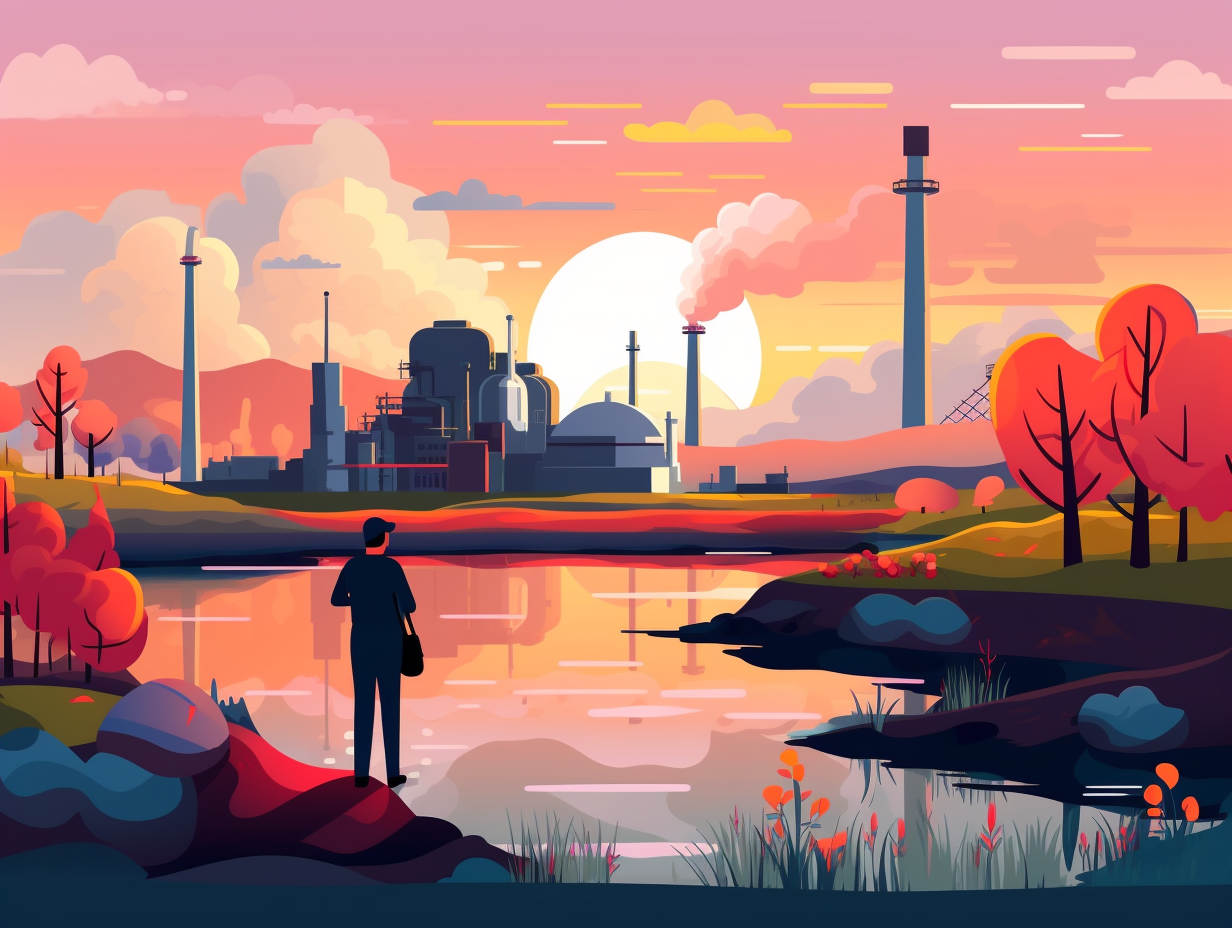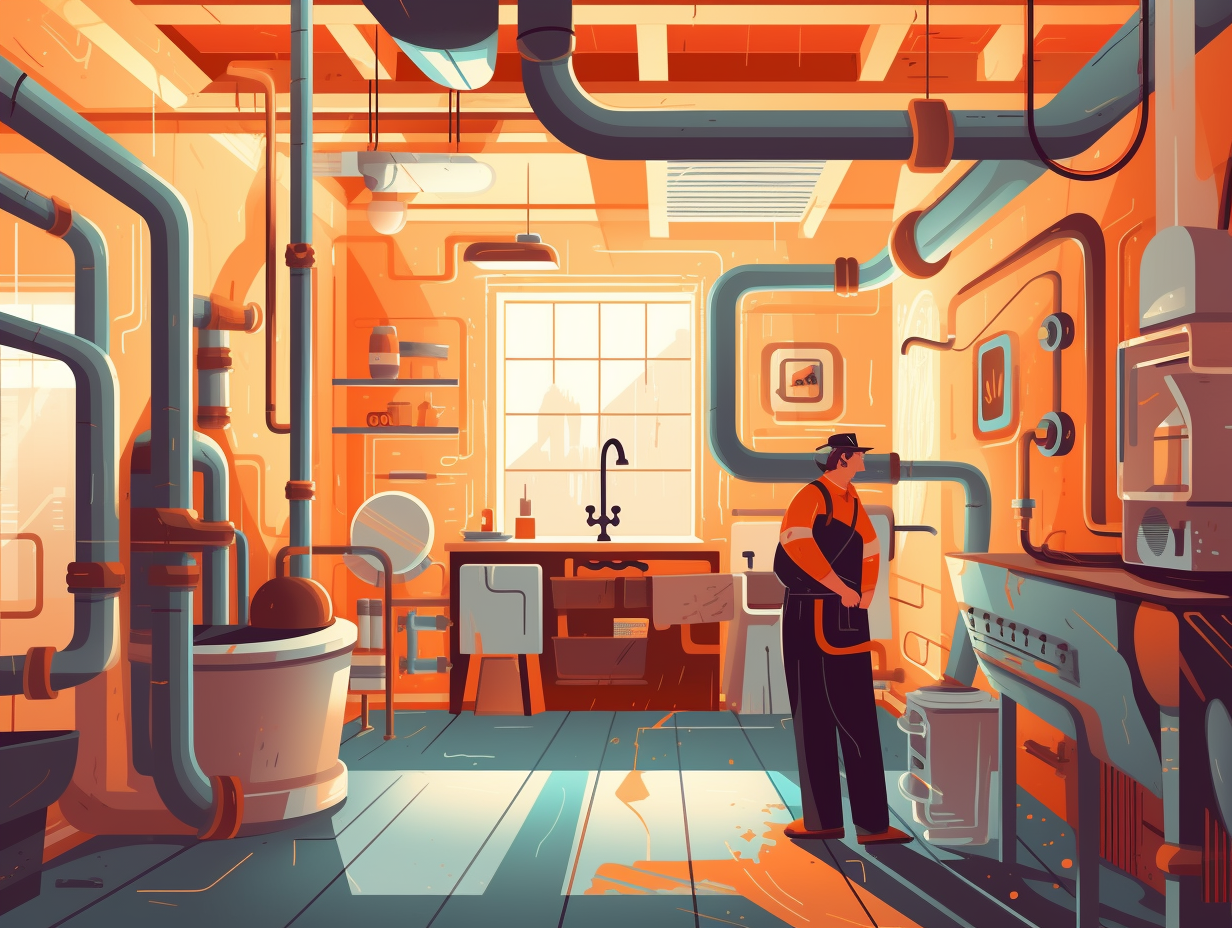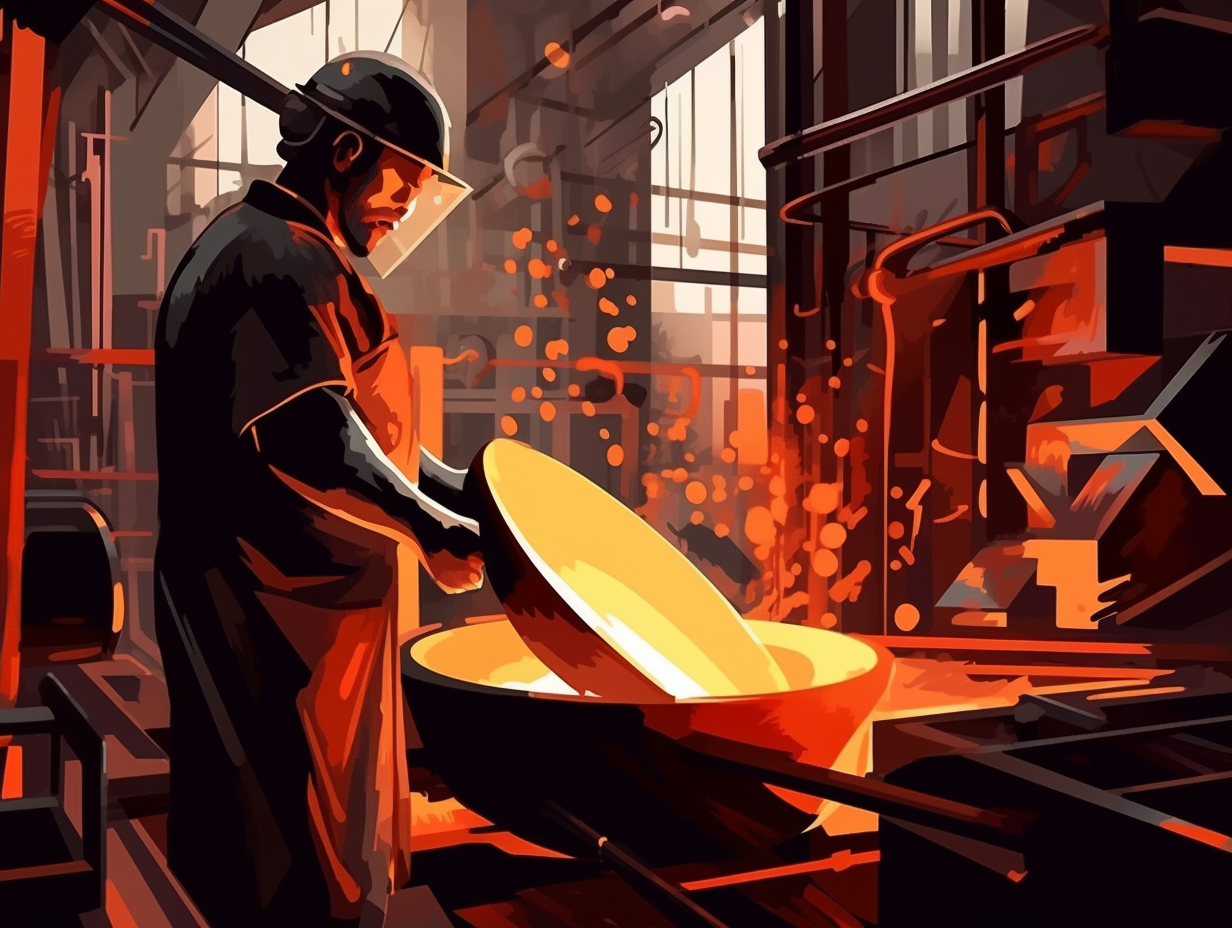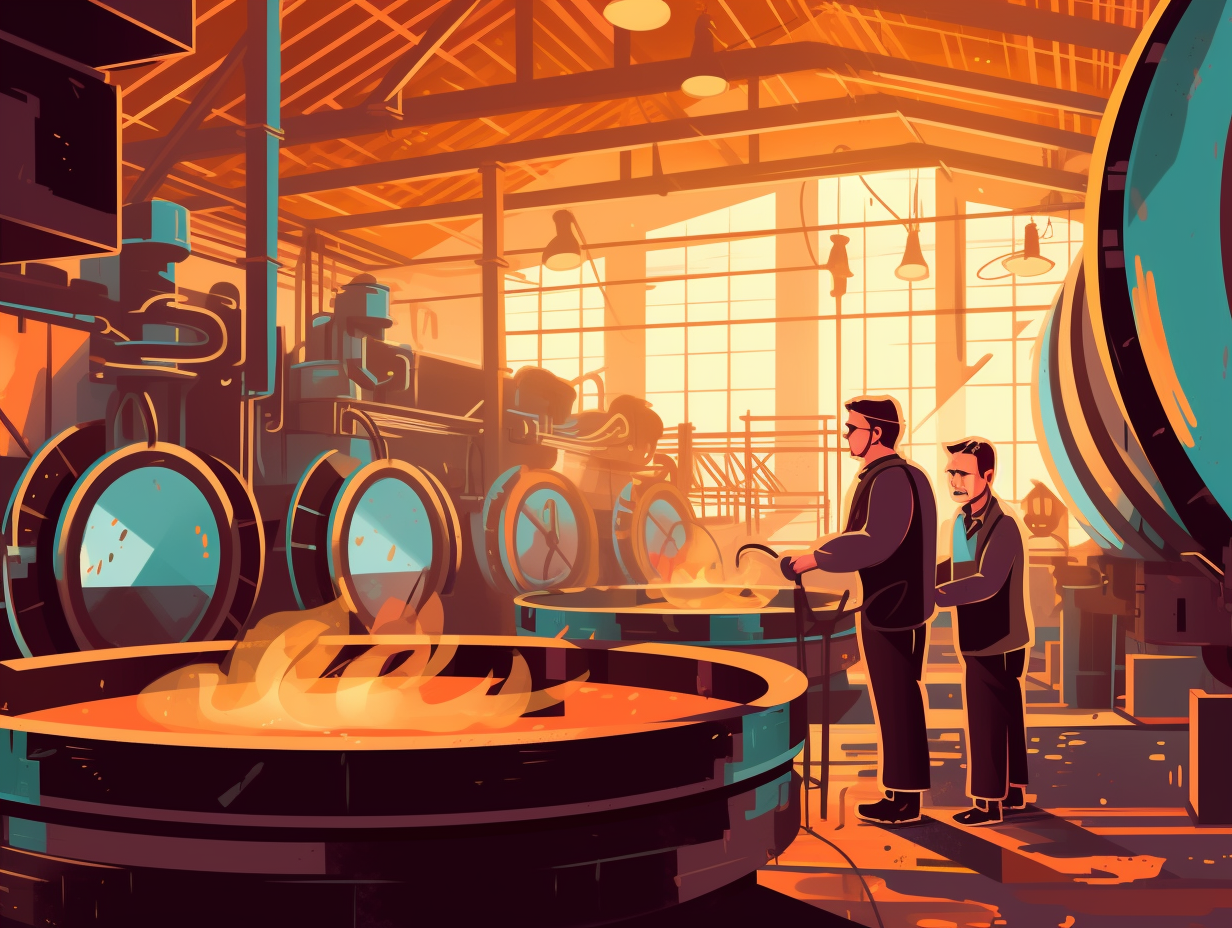7 Incredible Fun Facts About Environmental Engineering You Never Knew!

1. From Capes to Degrees: Earth's Hygiene Heroes
Who knew Earth's hygiene heroes would one day wield a degree and an exam score instead of a cape and a mask: Environmental engineers work tirelessly to safeguard our environment by tackling issues like wastewater disposal, pollution control, and hazardous waste remediation, all while holding a bachelor's degree in engineering (or higher) and passing the National Council of Examiners for Engineering and Surveying (NCEES) Fundamentals of Engineering Examination (FE) to level up in their career.
Source => dec.ny.gov
2. Commitment-phobic Design: Flirting with Eco-Friendliness
What do disassembling furniture and environmental engineering flirtations have in common? They're both afraid of commitment: Environmental engineers design buildings for adaptability, disassembly, and reuse, prioritizing deconstruction over demolition, and conserving Earth's resources in the process. The EPA has even developed an Abandoned Mobile Homes Toolkit to give mobile homes a new lease on life and repurpose their valuable innards.
Source => epa.gov

Dive into the world of civil engineering where graduates like Michael Murphy swap hard hats for scuba gear to design luxurious underwater villas worth $22 million! Explore the challenges and marvels of creating submerged havens in the Maldives.
=> Fun Facts about Civil-Engineering
3. Mother Nature's $800 Billion Brainstorm
Hold on to your test tubes, Mother Nature's got her thinking cap on: environmental engineering is a booming industry worth $800 billion, with scientists from all corners of the globe joining forces to develop groundbreaking technologies to tackle water, air, and soil pollution using plants, microorganisms, enzymes, and other biomaterials. As a result, advanced processes like ozonation, biological systems, and even Koch Membranes are being unleashed to help us keep our precious H2O supply from going down the drain.
Source => hindawi.com
4. Umbrellas for Mother Nature's Tears
When Mother Nature cries a storm, environmental engineers are the umbrella-wielding heroes keeping our streets dry and clean: They expertly design and maintain infrastructure like permeable pavements and bioretention systems to conquer flooding, halt pollution, and promote sustainability, using their top-notch skills in hydrology, soil science, and ecosystem know-how. So next time it pours, remember these unsung saviors diligently working to keep our world afloat and our future bright!
Source => asce.org

5. Extreme Makeover: Ecosystem Edition
When Mother Nature needs an Extreme Makeover: Ecosystem Edition, she calls in her trusty band of environmental engineers: These skilled professionals use their expertise in ecology, stream design, wetland restoration, hydrology, and engineering to reverse the damage in degraded ecosystems, ultimately conserving endangered species habitats and improving the overall health of our environment for everyone's benefit.
Source => wildlandseng.com
6. Aquaman vs. Environmental Engineers: Heroes of the Deep
Step aside, Aquaman: Environmental engineers are the true heroes of the deep! They design and maintain fish passages like fish ladders, ensuring our finned friends can migrate upstream and downstream through man-made obstacles such as dams and culverts. Taking into account the physical abilities of fish and the necessary flow velocity, depth, and jump height, they use hydraulic numerical modeling software to create the perfect pathway for piscine migration.
Source => civilgeo.com
7. Digging Deep for Infrastructure: Subterranean Chic
Who needs surface-level relationships when you can dig deep for the good stuff? In the world of infrastructure, going underground is the new black: Environmental engineering now favors large-diameter underground tunnels for water and wastewater management, due to their resilience, sustainability, and reduced environmental impact, making our cities more efficient and our waterworks just a bit more fashionable.
Source => wsp.com
Related Fun Facts




















